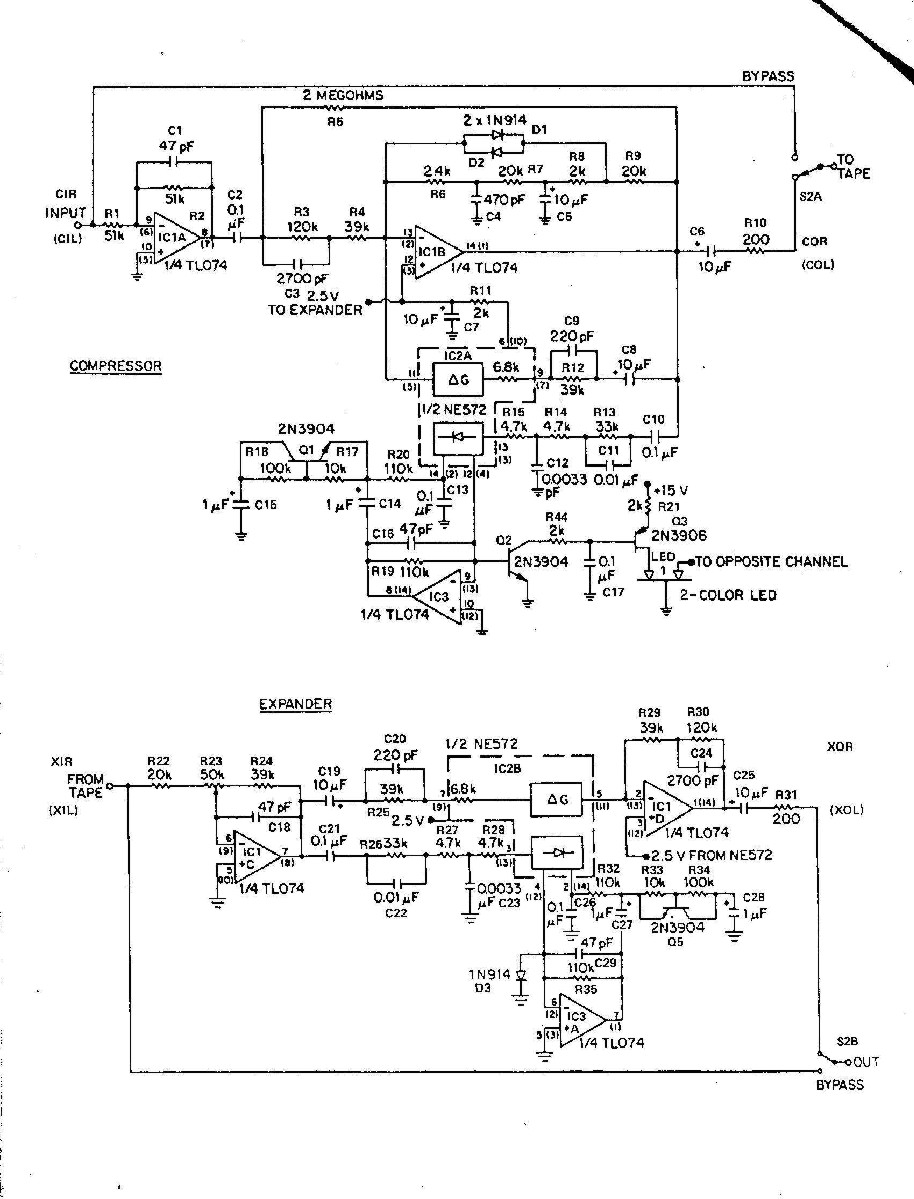Analog_Fan
Well-known member
Its a compander for tape noise reduction... compress the input then expand the output (similar to dbx NR. The goal is end up with a transparent recording reducing the tape noise floor.
JR
off topic: I got a Akai MPC X, I'm hoping a Urei 545 and a LA-A2 or similar clones (i build later on) will return some analog feeling, because it sounds too perfect.
Any ideas how to make a perfect sounding device sound device sound somewhat less perfect?

































![Soldering Iron Kit, 120W LED Digital Advanced Solder Iron Soldering Gun kit, 110V Welding Tools, Smart Temperature Control [356℉-932℉], Extra 5pcs Tips, Auto Sleep, Temp Calibration, Orange](https://m.media-amazon.com/images/I/51sFKu9SdeL._SL500_.jpg)